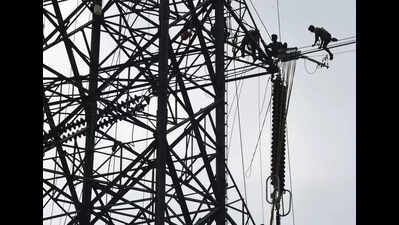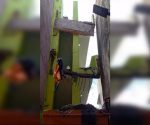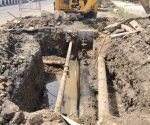Why power cuts in Chennai aren’t always TNPDCL’s fault | Chennai News – Times of India

Venkadesan.S@timesofindia.comWhen the power goes out in your neighbourhood, don’t just blame TN Power Distribution Corporation Ltd (TNPDCL). In many cases, the fault lies with contractors hired by other government agencies — metro rail, Chennai corporation, Metrowater, or telecom firms—who damage underground power cables during roadwork.Over the last five months alone, TNPDCL found and fixed 621 punctures in its underground cable network caused by such contractors. Neighbourhoods like Perambur, Mylapore, Egmore, T Nagar, Anna Salai, Tondiarpet, Vyasarpadi, and Anna Nagar, which rely entirely on underground supply, were worst hit. Most punctures—550 cases—were in 11kV cables, the final layer of the distribution network.Recently, in Maduravoyal, residents spent an entire night without power recently, and similar outages were reported in T Nagar and Perambur. These failures occur despite a defined procedure requiring contractors to inform TNPDCL before digging. But many skip this step, either out of ignorance or to avoid penalties. Consequences can be serious: a nine-year-old boy suffered an electric shock last month after stepping into a puddle charged by a damaged underground cable left unrepaired by a road-laying contractor.Mylapore resident-activist C R Balaji said that power supply in some streets is unreliable, especially since metro rail construction began. “We are often told a fire in the cables caused an outage, but it’s never a lasting fix,” he said.Fixing a cable “puncture” isn’t simple. TNPDCL has a dedicated ‘cables’ division, which locates the fault, isolates it from the grid, replaces the damaged section, and restores supply. If there’s an alternate source, supply can resume in minutes; otherwise, it takes hours and requires road-cut permissions from both GCC and police. Contractors often don’t report the damage, fearing fines, which delays repairs.Taking note of this, TNPDCL chairman and managing director J Radhakrishnan recently convened a joint meeting with officials from metro rail, GCC, and telecom companies. They were instructed to obtain underground cable blueprints and keep TNPDCL personnel on-site during any digging. “The meeting was constructive. With better coordination, these incidents can be reduced. We’ve asked agencies to sensitise contractors,” Radhakrishnan said.To streamline access to maps, TNPDCL has designated a chief engineer as a nodal officer to share blueprints when requested, especially for high-voltage 110kV and 230kV cables, which local engineers may not be familiar with.GCC commissioner Kumaragurubaran confirmed that their contractors have been told to coordinate better and dig cautiously during stormwater drain or other works. “Workers often don’t know cable routes and damage them. This must change,” he said.CMWSSB officials, too, have directed contractors to avoid damage to avoid heavier penalties. TNPDCL is now planning to strengthen its Cables wing with more staff and vehicles and raise penalties, which currently range from 1.6 lakh for LT cables to 10 lakh for HT cables.
















